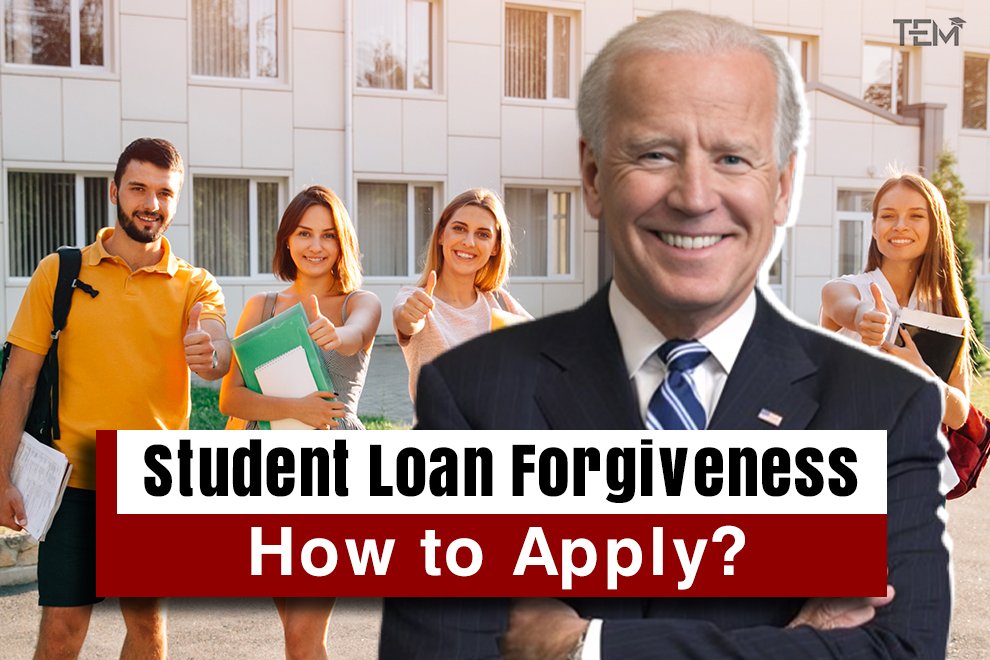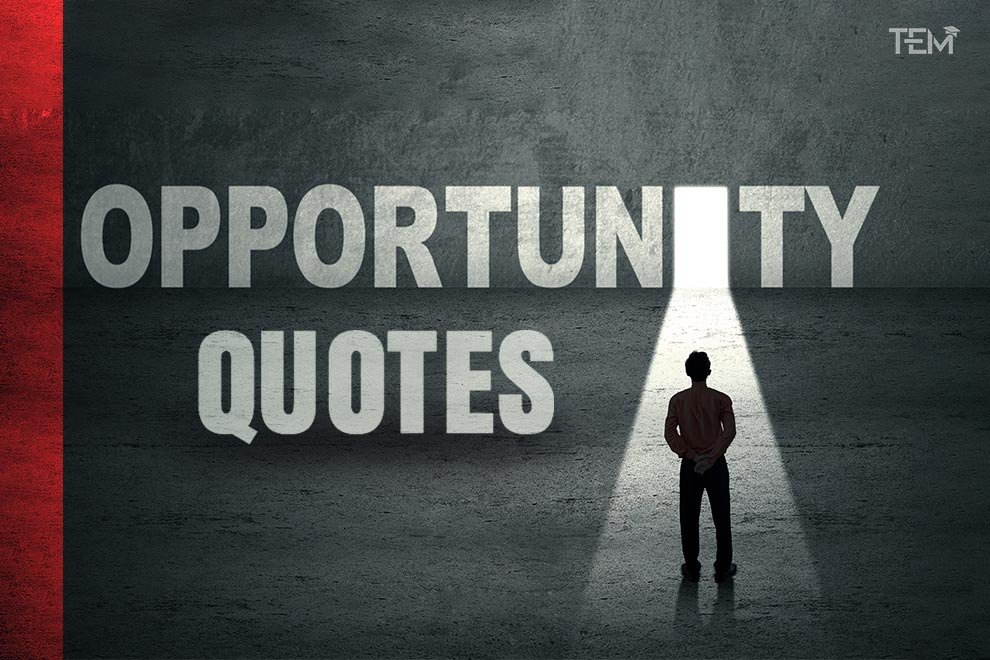Student loan forgiveness offers a way to reduce or cancel part of a student loan, making debt easier to manage. However, understanding how it works can be confusing. In this guide, we answer the top 10 frequently asked questions about student loan forgiveness. You’ll find out who qualifies, what steps to take, and the different types of programs available. We’ll also cover essential details like tax impacts, common mistakes to avoid, and helpful tips to make sure you stay on track. These simple answers make it easy to see if student loan forgiveness could help with your financial goals.
But before we dive into the top searched FAQs, it’s important to know the 3 types of Student Loan Forgiveness.
- Public Service Loan Forgiveness (PSLF)
- Borrower Defense
- Student loan repayment plans
And now it’s time to have a look at the top 10 searched FAQs related to student loan forgiveness
top 10 searched FAQs related to student loan forgiveness
1. What Does Student Loan Forgiveness Mean and How Does It Work?
Student Loan Forgiveness means not having to pay back all or part of your student loan. This usually applies to U.S. government loans, especially for people in public service jobs, like teachers. To qualify, borrowers must meet certain rules, such as making regular payments for a specific time. After that, the remaining loan amount can be forgiven. This process helps people in certain jobs reduce their student loan debt. However, it’s important to meet all the requirements before the loan can be canceled. Overall, Student Loan Forgiveness offers a chance to ease the burden of student debt.
2. What Types of Student Loan Forgiveness Programs Are Available?
Student Loan Forgiveness helps people reduce or cancel their loans. There are many programs available in the U.S. For example, Public Service Loan Forgiveness (PSLF) forgives loans after 120 qualifying payments if you work full-time in government or not-for-profit jobs. Teacher Loan Forgiveness gives up to $17,500 after five years of teaching in low-income schools. Income-Driven Repayment (IDR) Forgiveness cancels loans after 20-25 years of payments. Perkins Loan Cancellation can eliminate loans for those in specific public service jobs. Borrower Defense to Repayment cancels loans if a school misled you. Closed School Discharge cancels loans if your school closes while you are enrolled.
3. What Are the Requirements to Qualify for Public Service Loan Forgiveness?
To qualify for Student Loan Forgiveness, borrowers must meet a few simple steps. First, they need to work full-time for a qualified employer, like a government or 501(c)(3) non-profit organization. Next, they must make 120 qualifying payments under an eligible repayment plan. These payments can include federal Direct Loans. Borrowers should also certify their employment using the PSLF Help Tool and submit documents annually or when switching jobs. It’s important to know that qualifying payments don’t need to be in a row. You can earn them across different jobs as long as they meet the Public Service Loan Forgiveness program’s rules.
4. How Can I Track My Progress Toward Loan Forgiveness?
You can track your progress toward Student Loan Forgiveness by using your StudentAid.gov account. First, submit the PSLF form to confirm your employer’s eligibility. Then, check the status of your qualifying payments. The PSLF Help Tool makes it easier to manage your applications. It will also show how many payments count toward the 120 required for forgiveness. To stay on track, it’s a good idea to certify your employment once a year. This way, you ensure that everything is updated and accurate. Managing your progress helps make sure you don’t miss any important steps.
5. What Are the Tax Implications of Student Loan Forgiveness?
Student Loan Forgiveness under the Public Service Loan Forgiveness program is usually not taxed, meaning borrowers won’t owe taxes on forgiven amounts. However, if you have forgiven debt through income-driven repayment plans, it might be taxed. Thankfully, the American Rescue Plan Act offers an exemption through 2025. Once this exemption ends, forgiven amounts could lead to a hefty tax bill. In some states, you may even face state taxes on this forgiven debt. So, it’s important to stay informed about how Student Loan Forgiveness works and any future changes to the rules that could impact you.
6. What Is the Process for Applying for Student Loan Forgiveness?
The application process for Student Loan Forgiveness depends on the program. For PSLF, borrowers must first check if they work for a qualifying employer. They also need to make 120 qualifying payments. After that, they should submit the PSLF form every year using the PSLF Help Tool. This tool helps get the right papers for approval. For other programs, like Teacher Loan Forgiveness or IDR forgiveness, borrowers must submit specific forms. These forms follow each program’s rules. Remember, always follow the right steps for the program you are applying to, and keep track of your progress.
7. What Are Common Mistakes to Avoid When Pursuing Loan Forgiveness?
Common mistakes borrowers make in the Student Loan Forgiveness process can cost them. First, not certifying employment regularly can lead to denied forgiveness requests. Borrowers must submit the employment certification form on time. Second, choosing the wrong repayment plan can be a problem. Only plans like REPAYE or PAYE count toward PSLF. Another mistake is consolidating loans unnecessarily. This can reset the payment clock and cause previously counted payments to be lost. Lastly, missing income recertification deadlines can also cause issues. Borrowers need to renew their income and family size every year to stay eligible for IDR and PSLF.
8. How Do Interest Rates Affect My Repayment Strategy?
Interest rates play a big role in how we repay student loans. Federal student loans have fixed rates, which don’t change with the economy. However, private loans with variable rates can change when the Fed raises or lowers rates. When interest rates go up, it costs more to borrow and pay back loans. If you qualify, you can consolidate or refinance to lower your rates. This could help reduce your payments. Remember, options like Student Loan Forgiveness may also help, depending on your situation. It’s important to explore all your choices to make repayment easier.
9. What Are Alternatives to Loan Forgiveness?
For borrowers who are not eligible for Student Loan Forgiveness, there are other options to consider:
- Income-Driven Repayment Plans: These plans adjust monthly payments based on your income and family size. After 20 or 25 years, depending on your loan, the remaining balance may be forgiven.
- Deferment or Forbearance: You can temporarily stop payments to get some breathing room. However, this may cause your interest to grow.
- Loan Repayment Assistance Programs (LRAPs): Some jobs, especially in healthcare or education, offer help with loan payments. In return, you may need to work in that field for a few years.
10. How Can I Qualify for Income-Driven Repayment Forgiveness?
To qualify for Student Loan Forgiveness, borrowers must join an IDR plan and make regular payments based on their income. They need to keep making payments for the required time, usually 20 or 25 years. Each year, borrowers must also update their income and family size. This helps adjust payments and stay on track for forgiveness. In 2024, borrowers with loans of $12,000 or less can get forgiveness after just 10 years of payments under the IDR plans. This change makes it easier for those with smaller loans to achieve forgiveness faster. Explore different student loan repayment plans to find the best fit for you.
Conclusion
Student loan forgiveness can be a big relief for those managing student debt. Knowing the rules, qualifying criteria, and application steps can help you avoid mistakes and make the most of these programs. Whether you qualify now or are exploring future options, staying informed about student loan forgiveness will help you take control of your finances and work toward a debt-free future.
(Note: The links highlighted in yellow are internal links)










